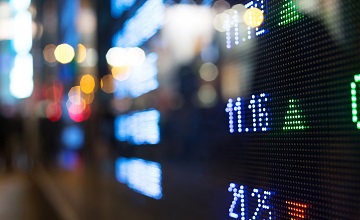Economic Update: April-June 2021
Employment surprise JobKeeper was a cornerstone of Australia’s response to the coronavirus pandemic. It provided millions of Australians with an ongoing income and kept thousands of businesses afloat, so when…

Employment surprise JobKeeper was a cornerstone of Australia’s response to the coronavirus pandemic. It provided millions of Australians with an ongoing income and kept thousands of businesses afloat, so when…

COVID-19 remained the big story of the last quarter. Tragically, by the end of September the pandemic had caused over one million deaths. That was up by 500,000 since the…

Recent events such as the coronavirus outbreak, bushfires across Australia and the drought highlight the far-reaching effects of an epidemic. Following the initial devastation of these events, the true cost…
End of content
End of content